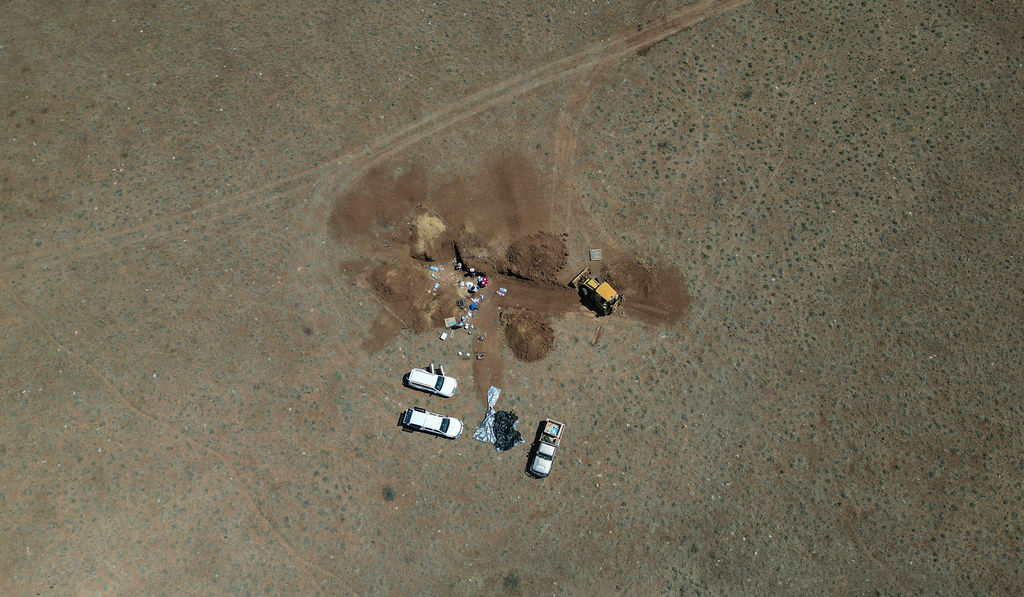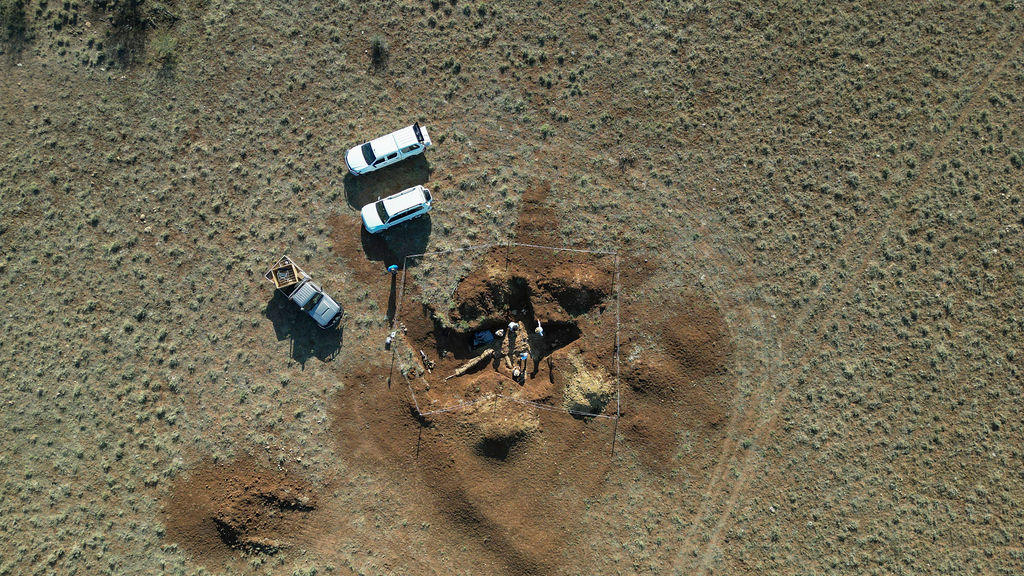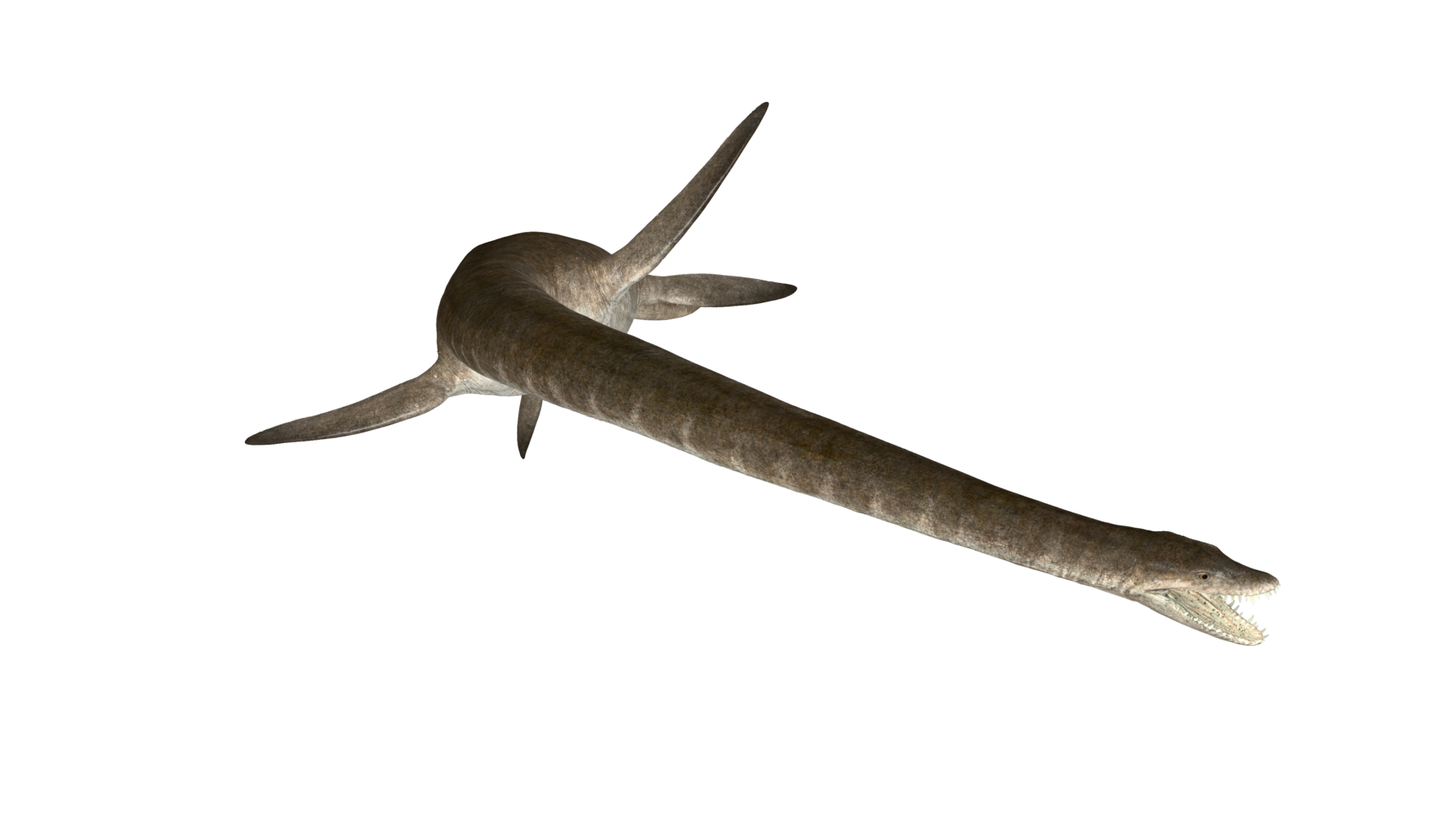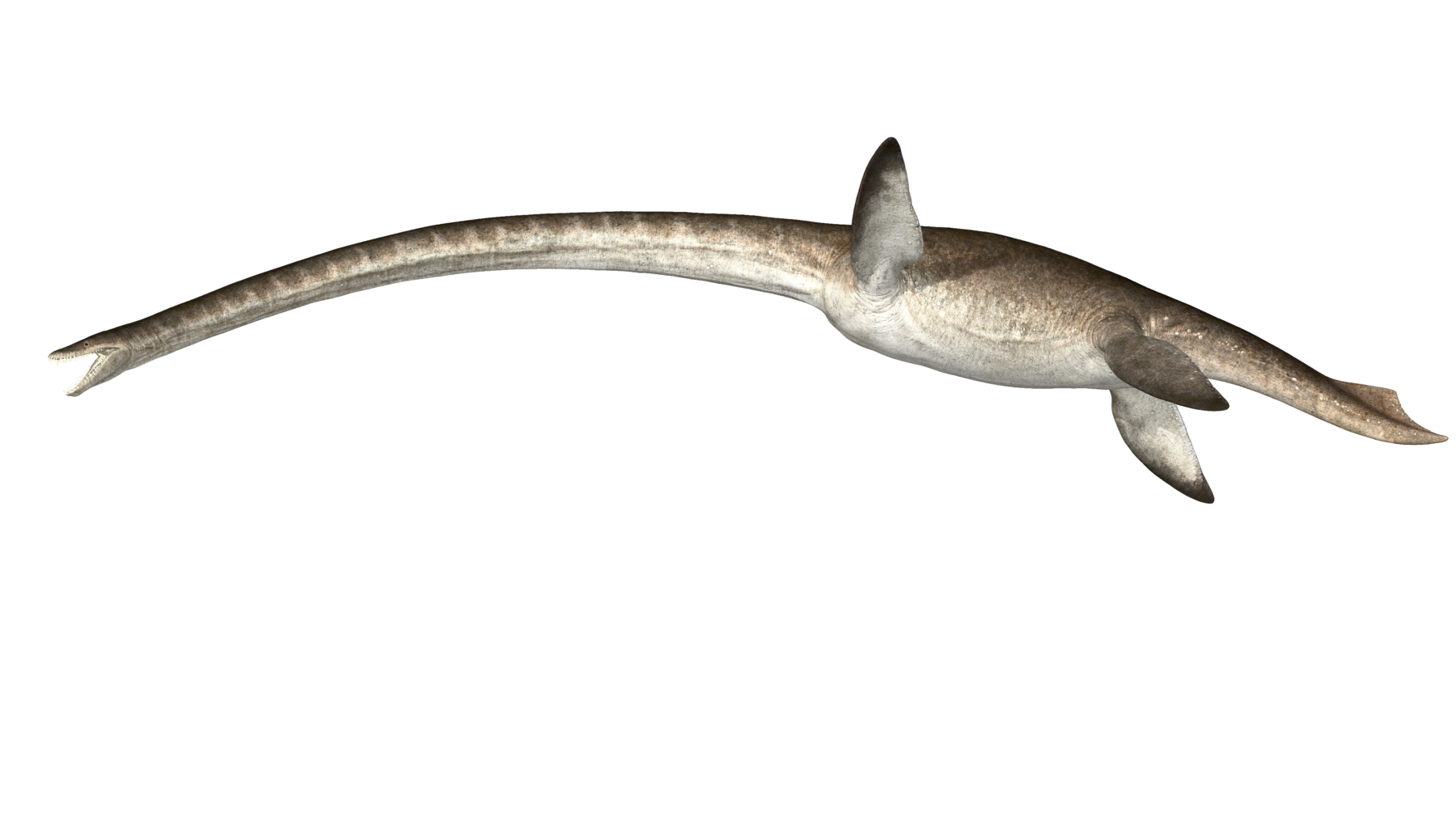Plesiosaur fossil discovery ‘the Rosetta Stone of marine palaeontology’

The elasmosaur, a genus of plesiosaur, was a giant long-necked marine reptile that co-existed with dinosaurs.
“We have never found a body and a head together,” says Dr Espen Knutsen, a Queensland Museum Network Senior Scientist who led the field trip to excavate the fossil.
“Because these plesiosaurs were two-thirds neck, often the head would be separated from the body after death, which makes it very hard to find a fossil preserving both together.
“This could hold the key to future research in this field… so we are using CT scanning to give us an insight into these magnificent animals.”


\
The team of museum palaeontologists travelled to the site after the rare fossil was discovered by station owner Cassandra, and her two friends, Sally and Cynthia, who together form a fossil hunting trio called the Rock Chicks.
“We were extremely excited when we saw this fossil – it is like the Rosetta Stone of marine palaeontology as it may hold the key to unravelling the diversity and evolution of long-necked plesiosaurs in Cretaceous Australia,” says Dr Knutsen.
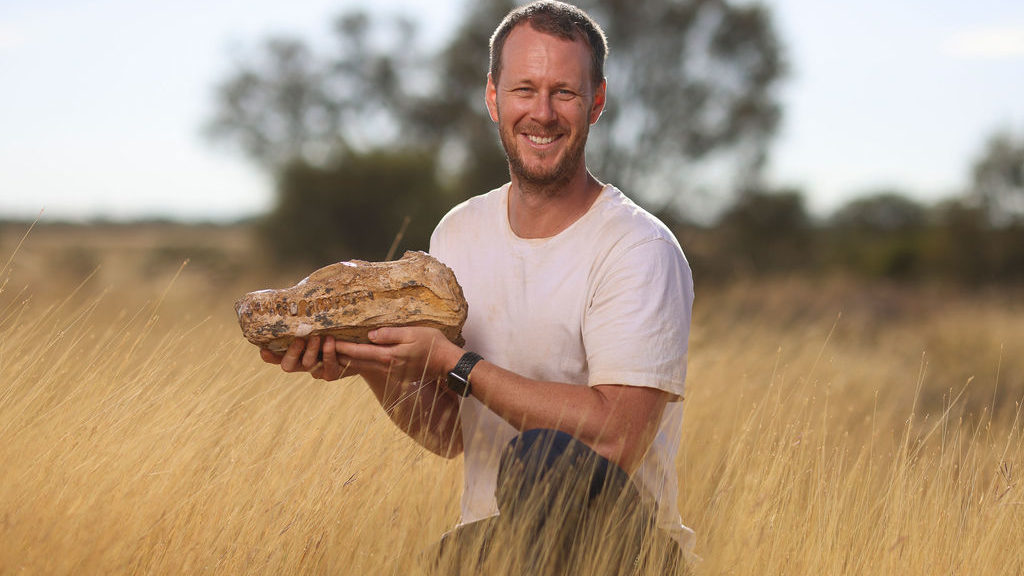
The fossil is now located at the Museum of Tropical Queensland in Townsville.
Dr Espen Knutsen’s research into Cretaceous marine reptiles of Queensland is supported by Project DIG, a partnership between Queensland Museum Network, BHP and BMA to unlock knowledge held in the collection for people across the world.
